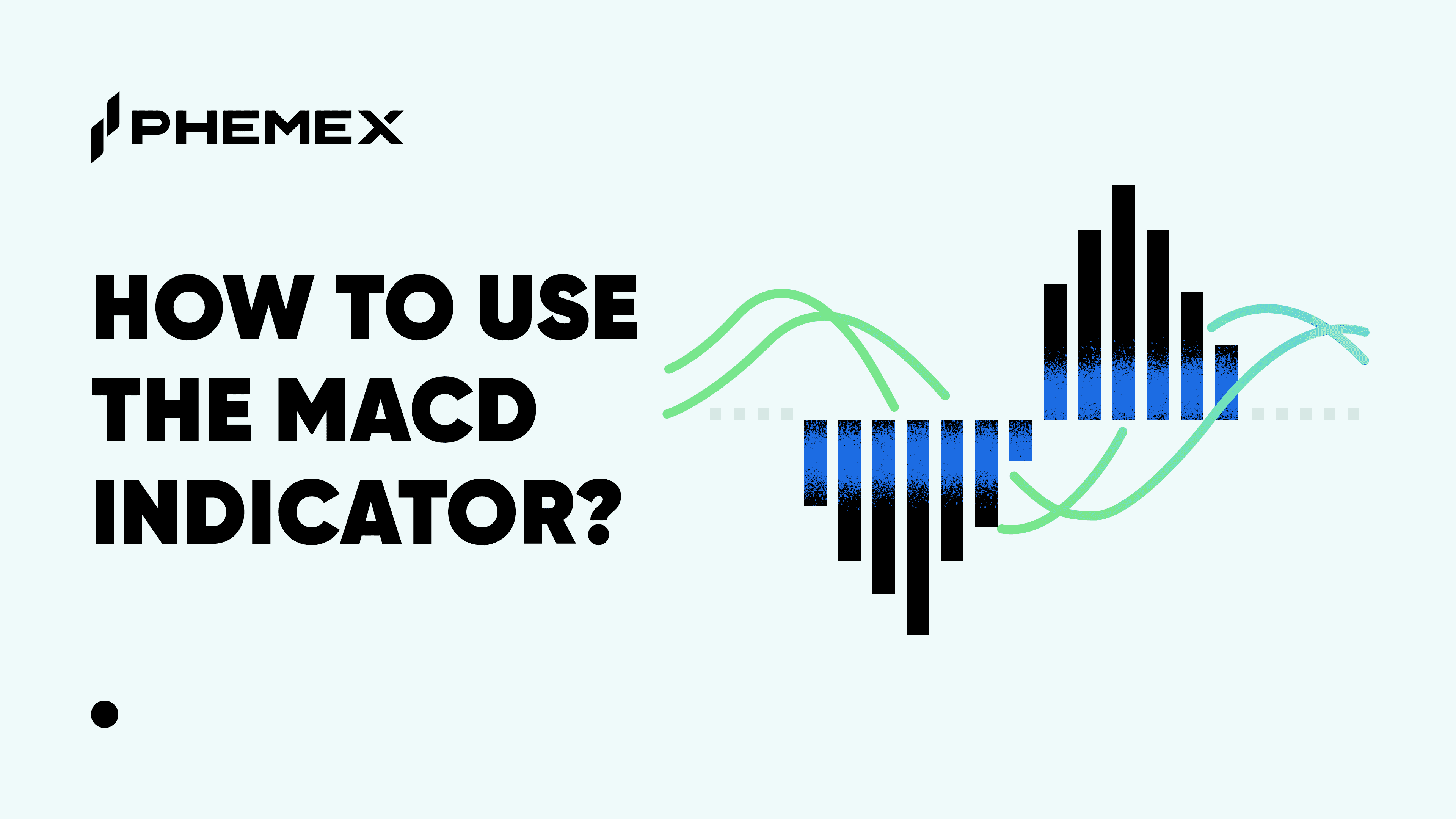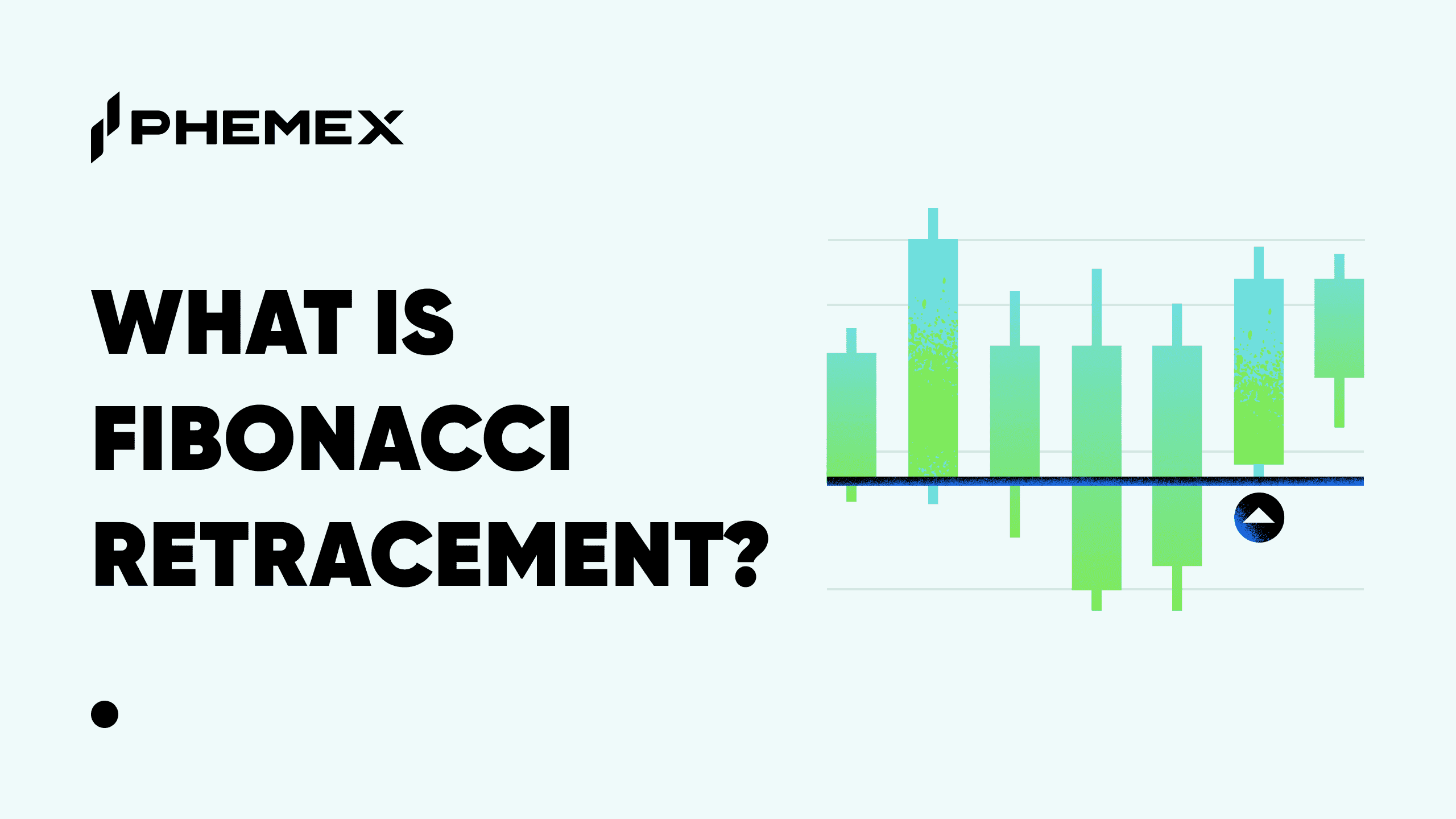Summary:
- The Relative Volatility Index can help us measure the extent of the volatility in the crypto market; if the volatility is to the upside, we can open a long trade and if it’s to the downside, we can open a short trade.
- The RVI indicator can be used for trend trading by betting against the market when it reaches oversold or overbought levels. For example, if the market is overselling Bitcoin we can bet that it’s going to reverse to the upside and open a long trade.
- The Relative Volatility Index should be the last indicator we use once we’ve done our research on a trade and we need that last bit of confirmation that the volatility goes in favor of our trade.

What is Relative Volatility Index?
Relative Volatility Index (RVI) is a volatility measurement tool with a range from 0 to 100. The indicator measures the volatility of crypto assets such as Bitcoin (BTC) and can indicate when this volatility is bullish or bearish. As a range-bound oscillator, bullish levels start above 60 and bearish levels start below 40. The indicator resembles the popular Relative Strength Index (RSI), but it measures volatility with standard deviation. The direction of this volatility can help traders make effective trades. If Bitcoin’s volatility is to the upside, we can open a long trade and vice versa.
The RVI indicator is particularly helpful in crypto markets which experience high volatility. Stocks and commodities tend to be a lot less volatile than crypto, which can appreciate or depreciate significantly in a matter of days. During the crypto crash of 2021, Bitcoin lost more than 40% in a month; the stock markets have not seen this kind of volatility since the Great Depression. A smart crypto trader knows how to make money from this volatility. The Relative Volatility Index indicator can help them get there.
What Is The Relative Volatility Index Formula?
The Relative Volatility Index calculation is based on the same formula as the RSI indicator, but with high/low deviation. In the RSI indicator, we take average opening and closing prices for an asset. It was the same with the RVI indicator in the original 1993 issue, until the indicator was revised in 1995 and started taking RVI high and RVI low values to calculate deviation. In the RVI indicator, we use the daily highs and lows to measure devotions from the median. The exact RVI formula is the following:

The lines on the RVI indicator are smoothened using an Exponential Moving Average (EMA). The default smoothening on Phemex is over 10 periods, which means that if we use the indicator on a daily (1D) chart we will calculate volatility averages for the last 10 days.
How to Use the Relative Volatility Index on Phemex?
- We will use the Phemex platform for this demonstration. Head to “Markets” and select one of hundreds of trading pairs. For this demonstration, we’ll choose the BTC/USDT pair. Once you open the chart, click on “Indicators” at the top to get started:

- A drop-down search bar will appear where you can search for “Relative Volatility Index”:

- Left-click on the indicator and it will automatically load beneath the chart:

The RVI oscillator appears beneath the Bitcoin candles.

How to Read the Relative Volatility Index?
The Relative Volatility Index is a range-bound oscillator with a single line that moves between positive and negative territory. Technically it oscillates between 0-100, but rarely reaches levels above or below 20-80. To easily read the indicator, imagine the two levels: positive and negative. If the indicator is above 50, it is positive and if it’s below 50 it is negative.
Here’s how we could split the indicator:

We drew our cursor at the mid-line of 50 and we can consider movement above the line bullish and below the line bearish. During the last 10 periods, Bitcoin was trading in the lower half and the volatility was mostly bearish. We can compare historic price action to the readouts on the indicator to determine when Bitcoin was bullish or bearish:

Notice how the indicator occasionally went above or below the 20-80 limits. If Bitcoin is extremely overbought, it doesn’t necessarily mean that it’s going to stop appreciating. If it’s oversold, it also doesn’t mean that it’s going to stop going down. This indicator only tracks the volatility of the asset and the direction it’s headed into. Other indicators such as RSI can tell us how strong the trend is.
How to Trade With the Relative Volatility Index?
An effective Relative Volatility Index strategy is to use the indicator as a trade bias confirmation tool. This indicator is most-effective when a trader gathers information from other indicators and checks the direction of the current volatility on the RVI to confirm it’s actually going there. The Relative Strength Index (RSI) indicator is excellent in predicting price action along with the RVI indicator.
Phemex allows users to combine multiple indicators simultaneously. For this demonstration, we’ll stick to the daily (1D) chart and load the RSI and RVI indicators at once:

The RSI and RVI indicators offer near-identical readouts. This vouches for the effectiveness of the RVI indicator because RSI is the most-popular indicator in crypto trading. Both indicators currently send buy signals because Bitcoin bottomed-out near historic support levels and is trading in extremely oversold territory.
In reversal trading, we wait for the market to reach extreme overbought or oversold conditions before we open a trade betting against the market. For example, right now the market is oversold and traders are shorting Bitcoin massively expecting it to go down. However, these indicators show we are trading near the bottom levels and we could open a long trade while expecting the price to appreciate.
The volatility signals can be re-confirmed using other momentum indicators such as Stochastic RSI (StochRSI). This indicator can be used in crossover trading and sends signals when the two lines (D & K) cross each other. Here’s what the StochRSI indicator is telling us now:

The last signal was a buy signal and the lines are reversing. If the lines cross and the red (D line) goes above the blue (K line) we could expect a further bearish divergence. StochRSI signals we’re nearing overbought levels, but this indicator places weight on the last 3 days which means it oscillates between extreme levels fast.

Conclusion
The crypto market is the most volatile market in the world and traders should prepare for high volatility. If we’re regularly trading Bitcoin, Ethereum, and other altcoins, we should have tools that enable us to check the amount of volatility and risk we’re taking on. This is especially the case for traders using leverage in contract trading.
Unlike other volatility indicators such as Historical Volatility (HV), the RVI indicator not only measures the current volatility based on the deviation between averages, but it also shows us the direction in favor of this volatility which helps us confirm trade bias.
The Relative Volatility Index should be the last indicator we use once we’ve done our research on a trade and we need that last bit of confirmation that the volatility goes in favor of our trade.
To learn more about other technical indicators you could combine with the Relative Volatility Index, visit our technical analysis section.
Read More
- Relative Vigor Index (RVI): Measuring Crypto Energy Levels
- What is RSI: How To Trade Bitcoin With The RSI Indicator
- Historical Volatility (HV): Measure Bitcoin’s Price Volatility
- What is Bitcoin Volatility: A Double-Edged Sword
- What Is Vortex Indicator: Buy/Sell Signals Inspired by Nature
- How to Use Williams % R Indicator: Identify Overbought/Oversold
- What is Risk/Reward Ratio in Crypto: A Powerful Trading Tool for Beginners
- Money Flow Index: How to Use It to Trade Bitcoin








